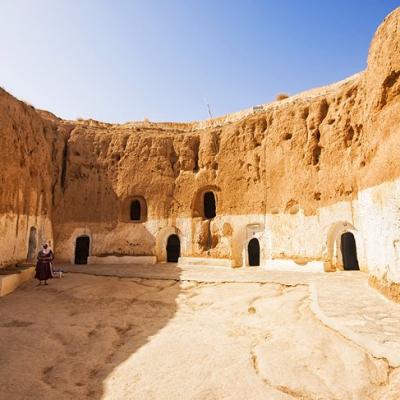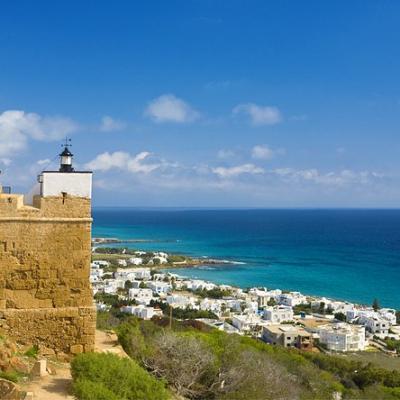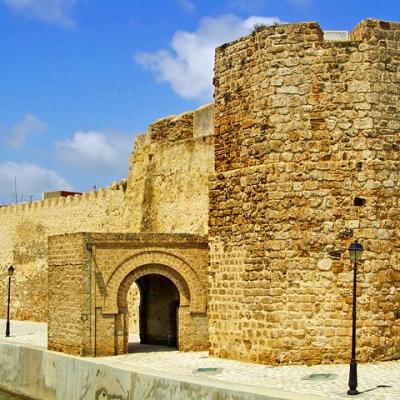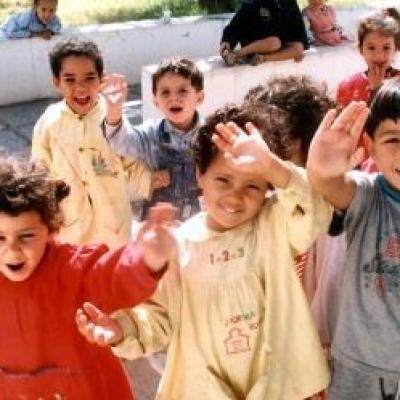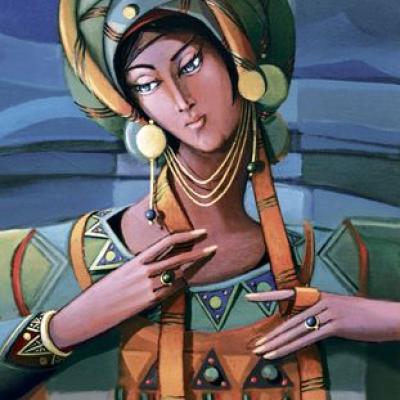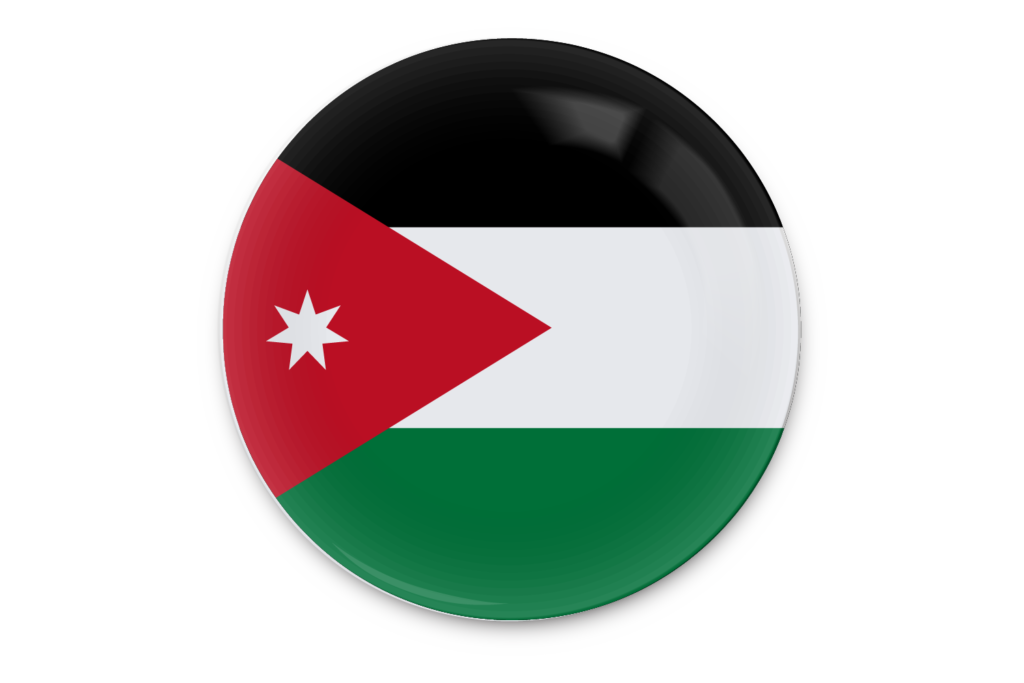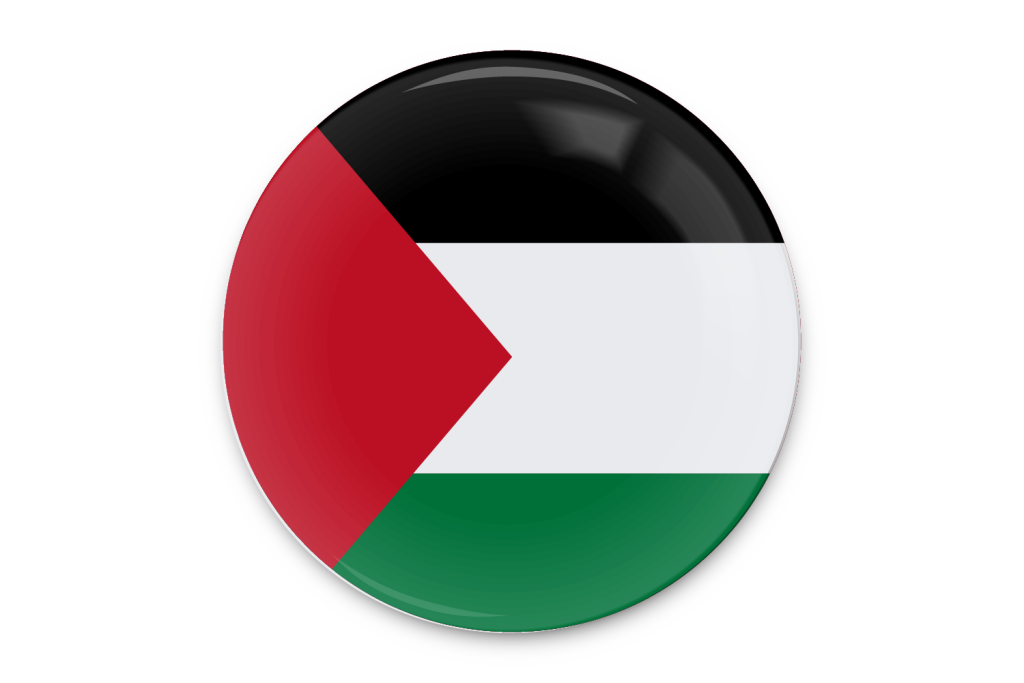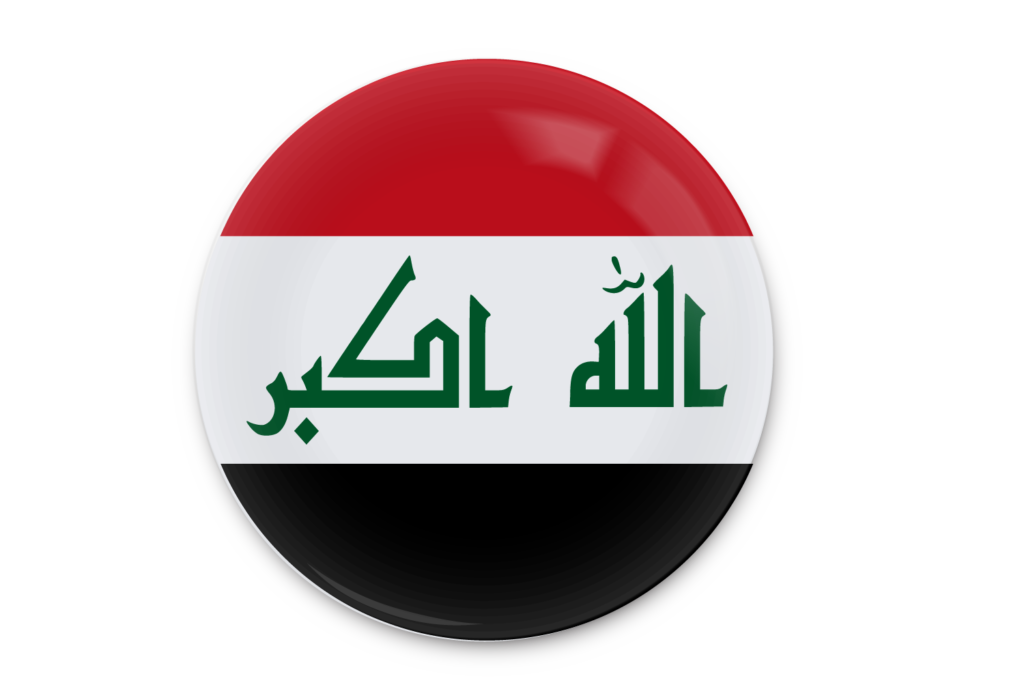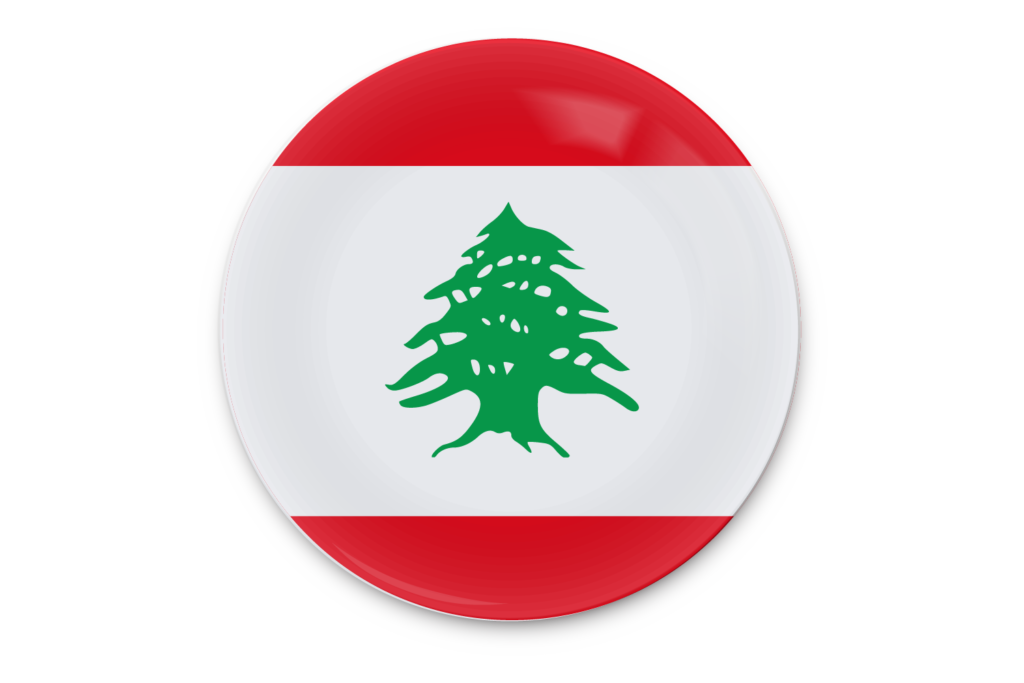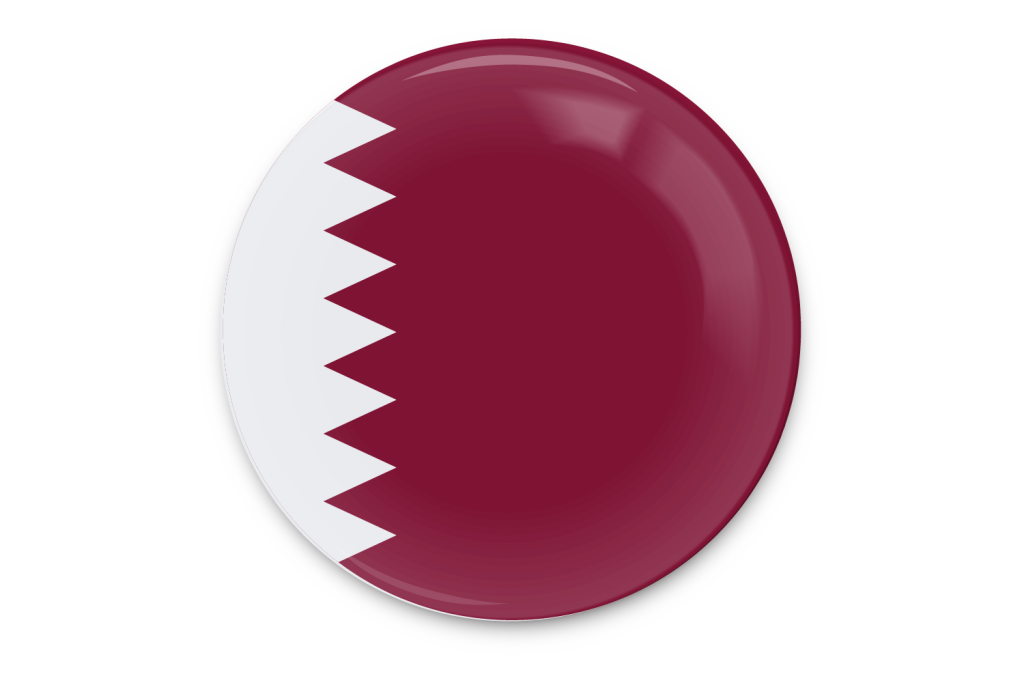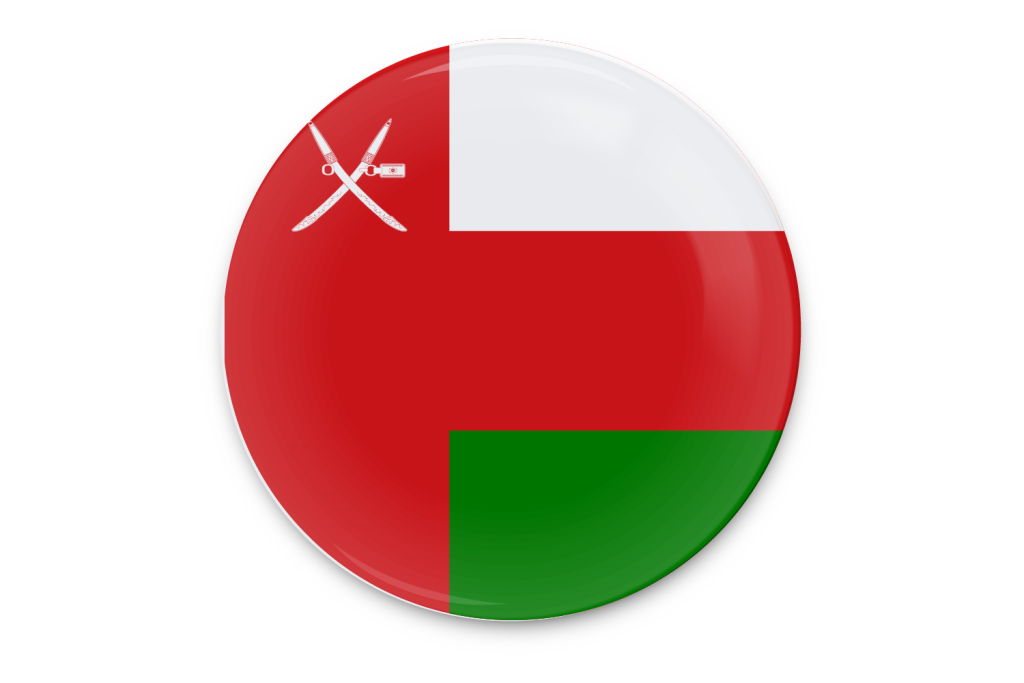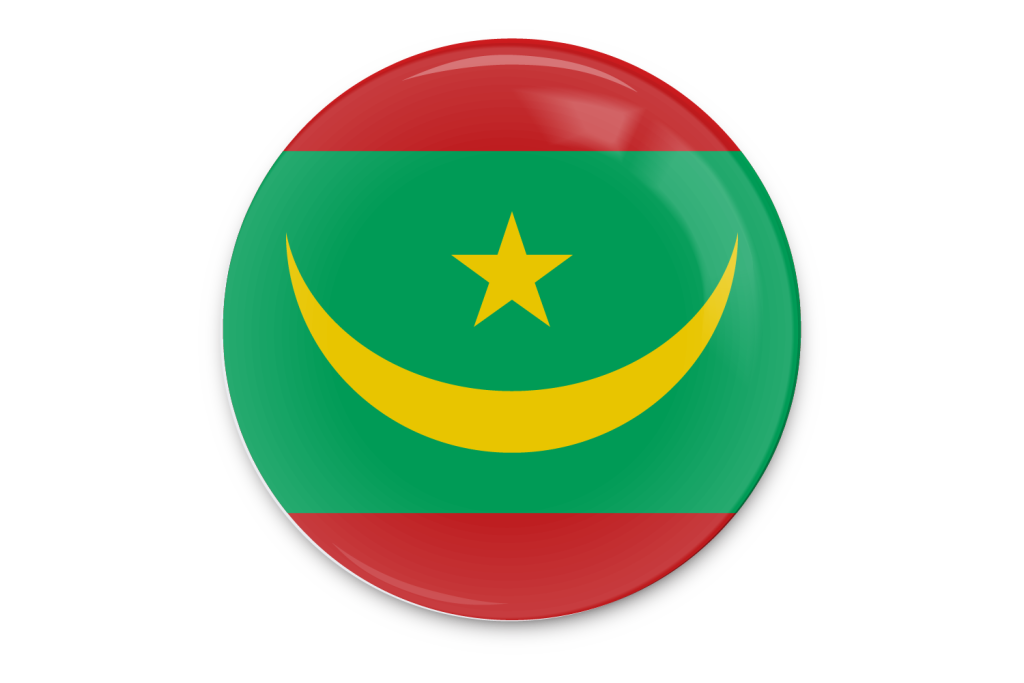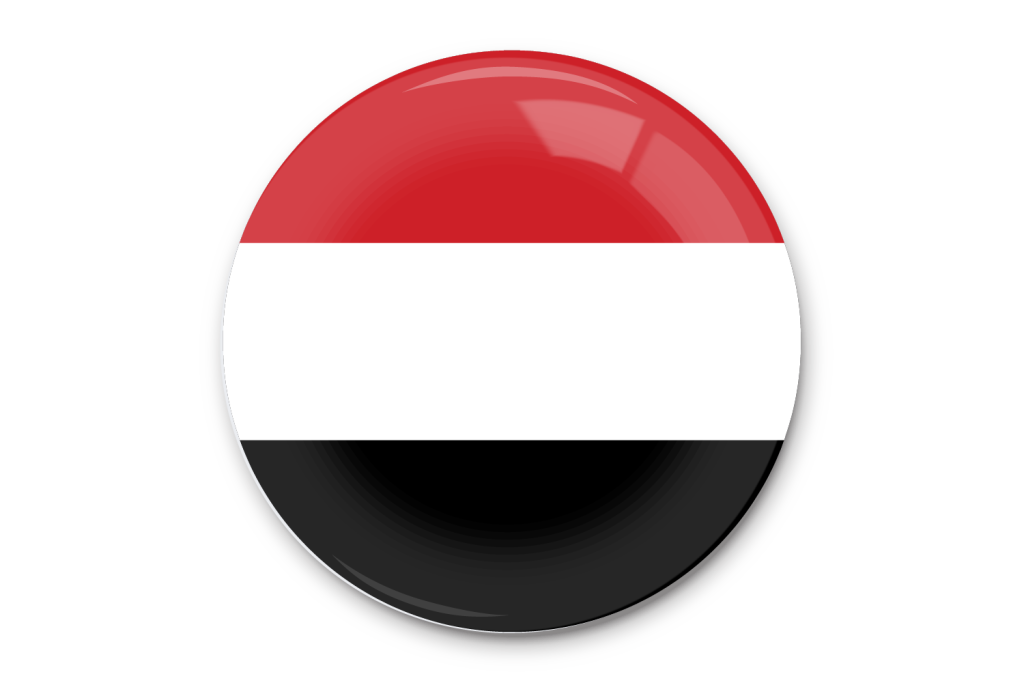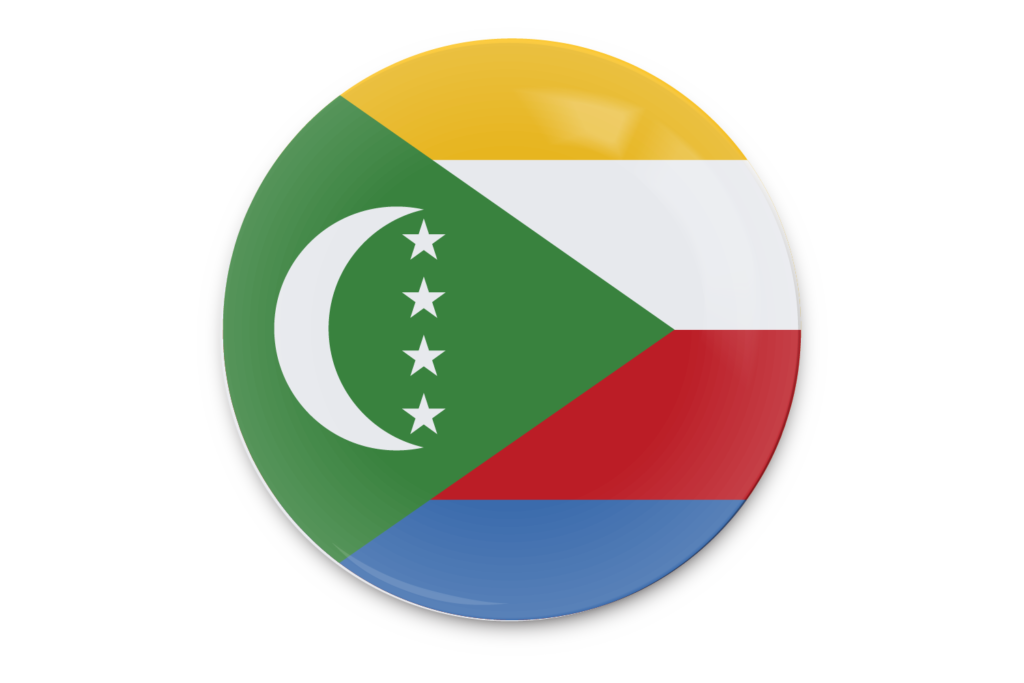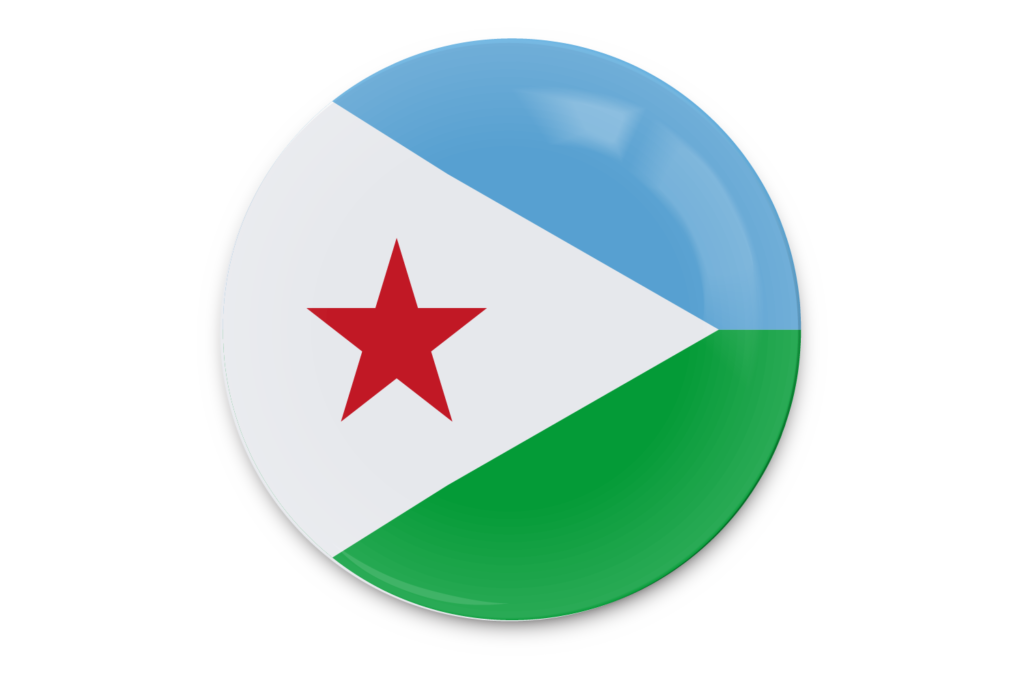Culture of Tunisia
Tunisia in brief
Destination Tunisia, a Nations Online Project country profile of the smallest country in North Africa and the Maghreb region. Tunisia is situated between Algeria and Libya, bordering the Mediterranean Sea. The country shares maritime borders with Italy.
Tunisia covers an area of 163,610 km²; this makes it about two-thirds the size of the United Kingdom or slightly larger than the US state of Georgia.
The landscape of Tunisia is mountainous in the northwest, where the eastern foothills of the Atlas Mountains are located. Within the mountain range is Jebel ech Chambi at 1,544 m, the highest point in the country. Further to the east, along Tunisia's eastern Mediterranean coast, is a broad coastal plain, known as the Tunisian Sahel; the area is famous for its Olive cultivation. To the south lies a hot and dry central plain, the semiarid area merges into the Sahara.
Tunisia has a population of 11.7 million people (in 2020); the capital and largest city is Tunis. Spoken languages are Arabic (official) and French; English and other languages in tourist regions. Official Religion is Islam.
What is Tunisia famous for?
Tunisia is famous for having been one of the sites of the ancient Phoenician civilization. Carthage was the new center of the maritime trade empire and the largest metropolis in the world at that time. It was the home of Hannibal, the ancient Carthaginian general and statesman and deadly rival of Rome.
In recent years, Tunisia has become known as a popular, affordable beach destination with an oriental flair that has had a thriving tourism industry since the 1960s.
In addition to its many beaches, the country attracts visitors with a number of historical sites, such as pillaged Carthage, several Muslim Kasbahs and Ribats (fortifications), fortified Berber granaries and cave houses or the remains of Dougga, a Berber, Phoenician and Roman settlement and, according to some, the best-preserved small Roman town in North Africa.
Besides the Egyptian Museum in Cairo, the Bardo National Museum in Tunis is the most important archaeological museum in North Africa.
Museums
The National Bardo MuseumThe Bardo Museum is the largest archaeological museum in Tunisia. It has the world's most important collection of Roman mosaics, along with the Zeugma Mosaic Museum, which opened in Turkey in 2011.
Chimtou MuseumThe Chimtou Archaeological Museum was opened in 1997. The museum focuses on the results of German-Tunisian research from 1965 to 1995 in Simitthu/Chimtou, an ancient Roman-Berber city in northwestern Tunisia.
Djerba Traditional Heritage Museum
The Djerba Traditional Heritage Museum displays jewelry, ceramics, traditional costumes of the population, and various utensils such as wedding chests and kitchen utensils. The museum offers a very good impression of the life and customs of Djerba.
Sousse Archaeological Museum
The Archaeological Museum of the city of Sousse in Tunisia is one of the most important in the country, along with the Bardo Museum of Tunis. It is located in the building of a medieval fortress (kasbah) above the city.
UNESCO World Heritage Sites in Tunisia
There are eight UNESCO World Heritage Sites in Tunisia; additionally, sixteen properties are listed in UNESCO's Tentative List, an inventory of those properties which each state party intends to consider for nomination.
The following links lead to a detailed description of the respective World Heritage Site at UNESCO.
Dougga / Thugga
The archaeological site of Dougga / Thugga is located in the northwest of Tunisia, on the 571 meters high hilltop dominating the fertile valley of Oued Khalled. Before the Roman annexation of Numidia, the city of Thugga was the capital of an important Libyco-Punic state. The city flourished under Roman and Byzantine rule but fell into decline during the Islamic period.
Kairouan
Kairouan or Qairawān lies in the heart of Tunisia. It is one of the oldest Arab-Islamic cities in the Maghreb and one of the most important holy cities. Kairouan was founded in 670 and became the capital of the Aghlabid dynasty in the 9th century. Despite the relocation of the political capital to Tunis in the 12th century, Kairouan remained the principal city of the Maghreb. Its rich architectural heritage includes the Great Mosque and the 9th-century mosque of the Three Gates.
Punic Town of Kerkuane and its Necropolis
This Phoenician urban center was probably abandoned during the First Punic War (circa 250 BCE) and therefore not rebuilt by the Romans. The remains of this city, are the only example of a Phoenician-Punic settlement that has survived the passage of time. The buildings in the town were organized and constructed according to a standard plan that relied on a sophisticated concept of spatial planning.
History of Tunisia (short version)
Tunisia has been the scene of many different colonizations, including those of the Phoenicians (as early as the 12th century B.C.), the Carthaginians, the Romans, the Vandals, the Byzantines, various Arab and Berber kingdoms, and the Ottomans (16th to late 19th century). The rivalry between French and Italian interests in Tunisia culminated in a French invasion in 1881 and the establishment of a French protectorate. Independence in 1956 was followed by 31 years of rule by a one-party government under Habib Bourguiba.
The Indigenous peoples of Tunisia
As elsewhere in North Africa, the Indigenous population of Tunisia is formed of the Amazigh, also known as Berbers or Imazighen. The Amazigh are an ethnic group indigenous to the Maghreb region, specifically Tunisia, Algeria, Tunisia, Libya, the Canary Islands, and to a lesser extent in Mauritania, northern Mali, and northern Niger.
Smaller Berber populations are also found in Burkina Faso and Egypt's Siwa Oasis.
Historically, Berber nations spoke the Berber languages, which are a branch of the Afroasiatic language family.
Today, many Berbers refer to themselves as Amazigh or Imazighen "free people" and reject the foreign designation "Berber," which is understood as pejorative.
Reference:https://www.nationsonline.org/oneworld/tunisia.htm























